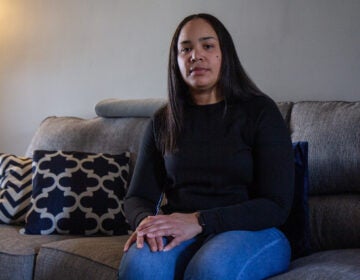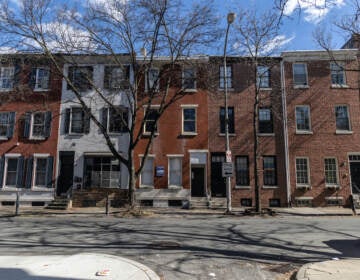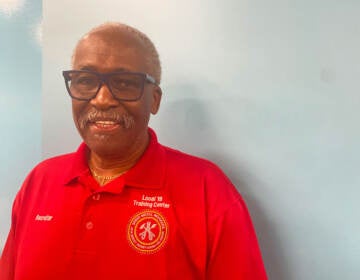How Black Philadelphians lived MLK’s fight for ‘open housing’
Dr. Martin Luther King Jr. fought de-facto segregation and substandard housing. Black Philadelphians knew the struggle all too well. They still do.
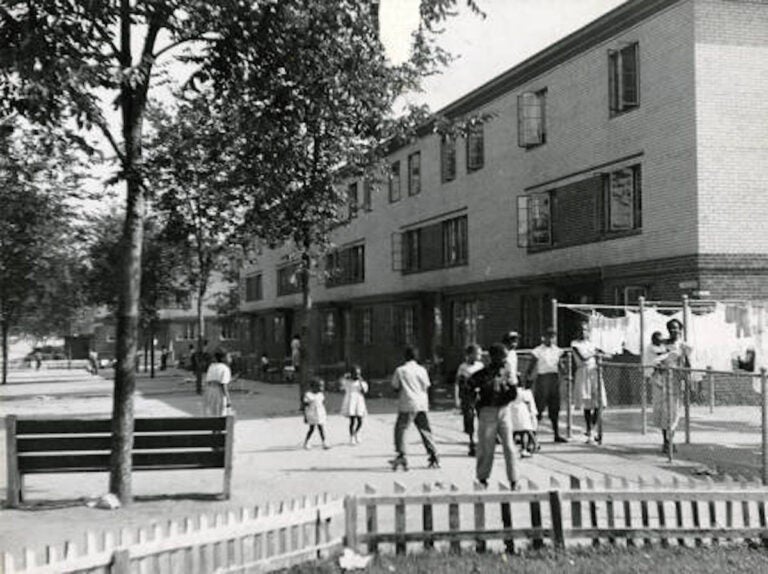
Residents are pictured in the courtyard of Richard Allen Homes. Some debris is littered about the ground. (Courtesy of the Special Collections Research Center/Temple University Libraries)
Walter Palmer was living in a small two-story house in a section of West Philadelphia known as the Black Bottom in the late 1960s when Dr. Martin Luther King Jr. famously uncovered blatant housing discrimination in Chicago.
As King led marches through that city in protest of what he called the “de-facto segregation of the North,” Palmer played percussion in a jazz club down the block from his house and watched as the civil rights movement took hold in his neighborhood, an African American community that had thrived there since the 1800s despite the racism that coursed through the city, enforcing segregation and limiting mobility.
Palmer’s West Philadelphia residence was different from the two-bedroom apartment behind a storefront he shared with his mother, his stepfather, and 11 other children growing up in that same neighborhood.
But one thing remained consistent throughout the three decades that he stayed in Black Bottom, which spanned from University Avenue to Lancaster Avenue between 32nd and 40th streets and Mantua: a strong sense of culture.
Looking back at the area now best known for its proximity to the University of Pennsylvania after urban renewal projects demolished many of the tight-knit blocks he knew, Palmer recalls the intersections where he would hang out with friends.
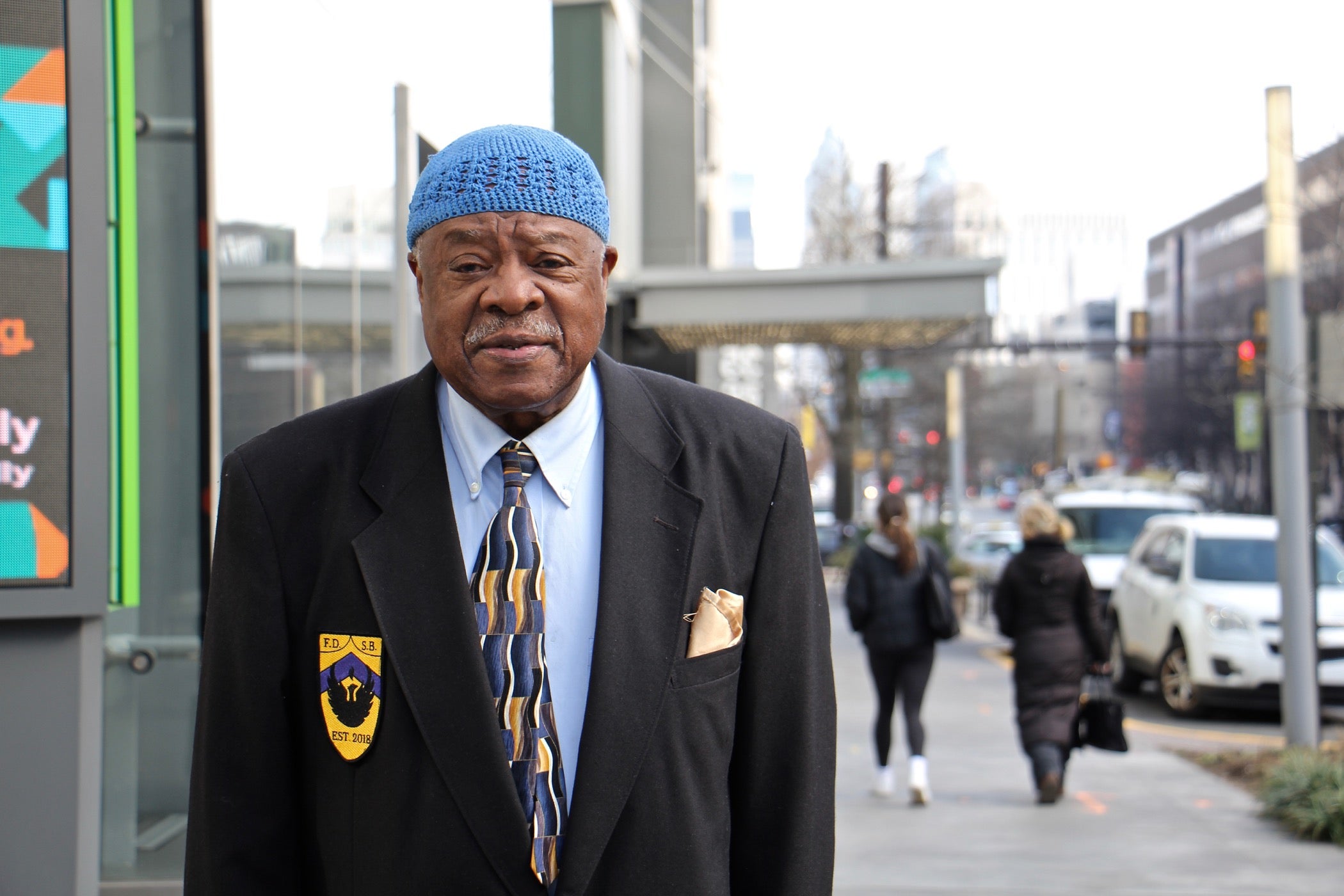
“It was a very tough community,” Palmer said. “It was strong, nurturing, caring, and protective.”
King spent the last year of his life fighting the oppressive economic and social forces that shaped life for Black Americans and limited opportunities to live where and how they wanted.
Timothy Welbeck, a civil rights attorney and African American Studies professor at Temple University, said one of King’s most enduring legacies is the understanding of housing as a human right.
“An enormous part of King’s legacy was about rectifying the harm that is done with housing discrimination and the poverty that happens when people aren’t given opportunities to own a home,” Welbeck said. “He spent the last year of his life combatting the ills of poverty in America, and one of the fastest ways is to give people a meaningful opportunity to own a home.”
The Fair Housing Act of 1968 under the Civil Rights Act is arguably one of King’s largest legacies. It remains the backbone of the legal fights and protest movements that continue the struggle for what the leader called “open housing” — wherein Black people can live wherever they chose, free of discrimination from landlords, home sellers, or neighbors.
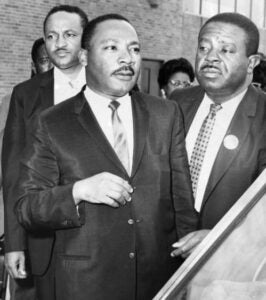
King fought the ‘de-facto segregation’ Black Philadelphians faced
In 1969, less than a year after King was assassinated in Memphis, Matthew Countryman’s parents attempted to buy a house in Philadelphia. The West Germantown house sat on an all-white block. His mother is Black and his father is white. His father initially visited the house on his own and the real estate agent was eager to sell. When the agent discovered Countryman was married to a Black woman, he tried to steer the couple away from the area. The agent backed down only after Countryman threatened legal action.
Matthew Countryman, now the chair of the Department of Afroamerican and African Studies at the University of Michigan and author of the book “Up South,” said the real estate market in American cities from Philadelphia to Chicago, where King launched the fight against Northern segregation, was set up for the ghettoization of African-Americans. As a result, Black neighborhoods tended to live in denser communities than their white counterparts, with less of the greenery and open space essential to health and well-being.
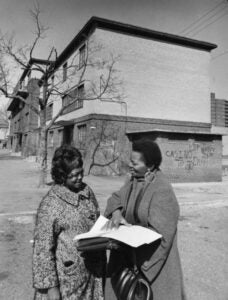
In the three decades that preceded Countryman’s parents’ experience of racial steering, between 1930 and 1960, Philadelphia’s Black population grew from a little more than a tenth of the city’s population to more than a quarter of the city. Many of the new residents migrated from the Jim Crow South.
When they arrived, there was a strict color line in the real estate market. Redlining and steering caused crowding of Black households within these restricted areas where they could live. In many cases, Black people were forced to pay above-market rent for substandard housing and, in most cases, were excluded from the mortgage market.
Landlords had an incentive to divide housing into smaller units, and repairs weren’t a priority because they knew Black people had few options on where to go. For some residents like Palmer, that often meant tenement housing that wasn’t always up to code. Two-thirds of Philadelphians living in substandard housing were nonwhite, the 1960 U.S. Census reported.
Others lived in public housing, typically high-rise and opened as part of a segregated system. Developments like Mantua Hall in West Philadelphia and Richard Allen, not a high-rise, in North Philadelphia aspired to offer residents a better quality of life but lacked the support for social services, maintenance, and economic opportunity for residents to realize that ambition.
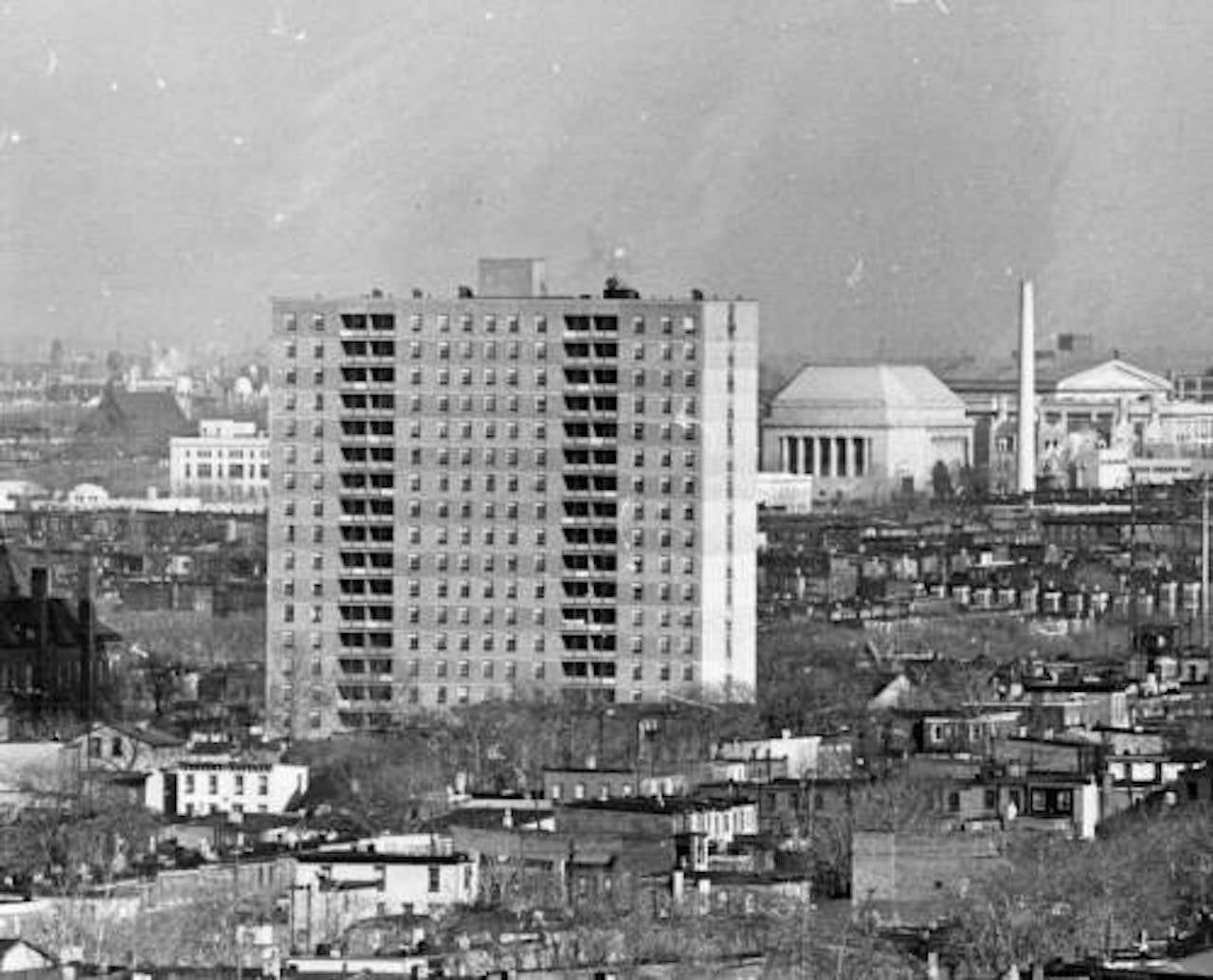
The dearth of economic opportunity wasn’t restricted to those in public housing. Across the city, racist hiring and education practices kept people earning low incomes and prevented many from buying property, a main driver of intergenerational wealth and economic mobility.
Even with all these hurdles, there were still Black families who were able to achieve homeownership, especially in the ‘50s and ‘60s as white people left for the suburbs. Those families helped Philadelphia maintain a high rate of homeownership, even as the city lost population in the later decades of the 20th century.
Meanwhile, city officials were eager to draw on federal funding available to redevelop “blighted” or “decayed” areas — often the neighborhoods where Black people were able to buy property, own businesses, and live.
“Officials did not consider the ways in which racism had helped to produce the physical blight they were striving to eradicate,” Laura Wolf-Powers, associate professor of Urban Policy and Planning at Hunter College said. “They conflated sub-standard conditions with the residents themselves and set out to expunge both ‘decay’ and decay-associated people from these areas. I would argue that this conflation is still happening today.”
In the 1960s, changes to the Federal Housing Act allowed urban renewal money to finance commercial and institutional projects. Both the University of Pennsylvania and Temple University went forward with subsidized redevelopment around their campuses that entailed the clearance of “blighted” residential neighborhoods nearby. Palmer’s Black Bottom transformed. Today, many people refer to the area as University City.
“Although urban renewal was thought of as a housing program, actually more housing units were destroyed than created,” Wolf-Powers said.
Wolf-Powers, who is the author of the forthcoming book “University City: Confronting History in the Era of the Innovation District,” said that the redevelopment happened without the consent of residents.
“Homeowners from the Black Bottom who were facing the demolition of their homes organized and submitted a sophisticated statement analyzing their situation,” she said, noting that the dissent wasn’t given legitimacy.
How King’s fight for fair housing plays out today
More than 50 years after the passage of the Fair Housing Act King fought to create, housing discrimination “still happens every day,” Welbeck said.
Black people still lag behind whites in terms of homeownership, credit, and equity in large part because of the legacy of housing discrimination.
Nationally, white people have the highest rates of homeownership at 75.8% out of all races. Black homeowners have the lowest at 46.4%.
“There are more protections, but they are not adequate yet,” Welbeck said. “Some of the forms of discrimination is at least more subtle than they were a generation prior.”
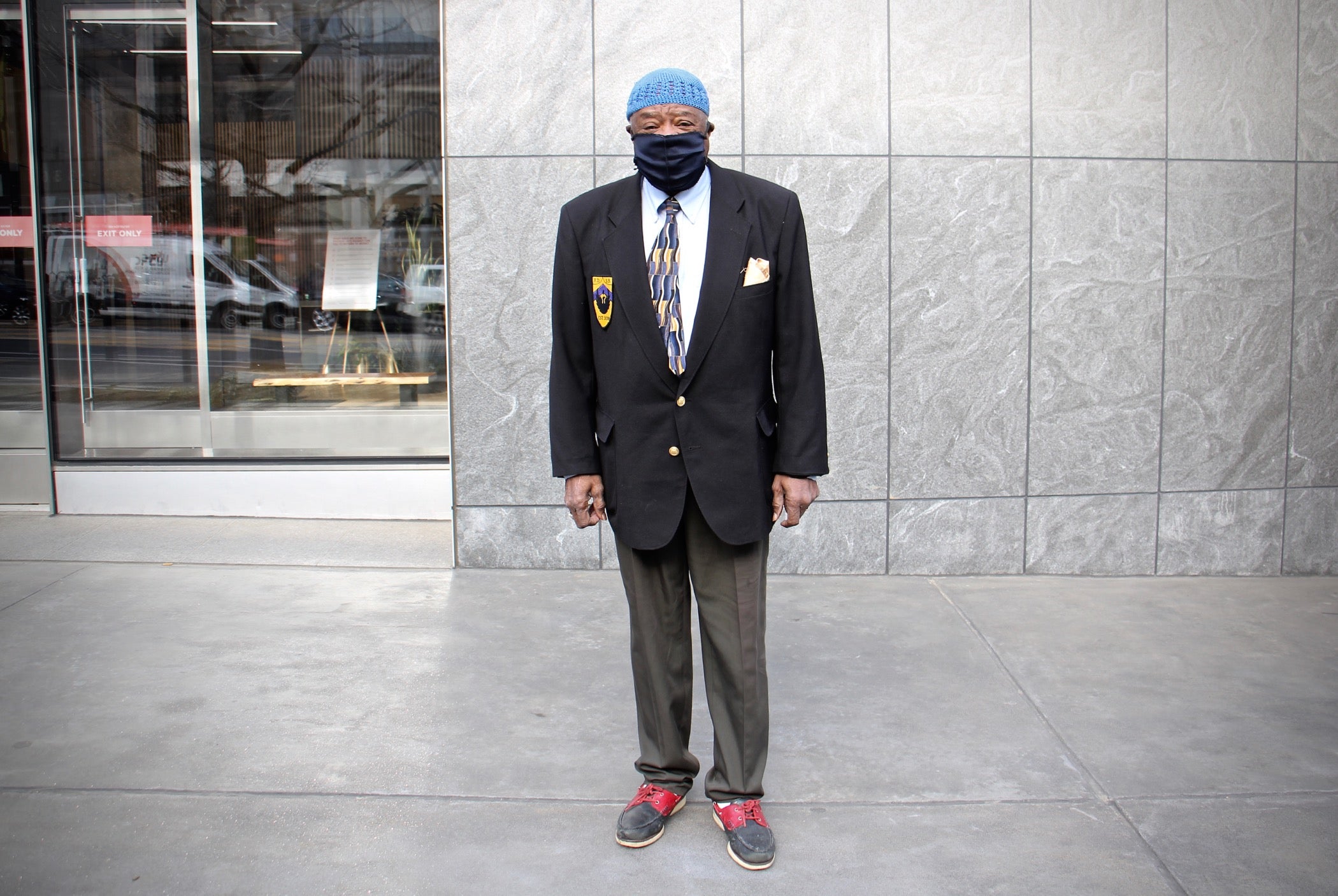
Racial steering, in particular, remains prominent. A 2019 National Association of Real Estate Brokers report found that racial steering remains one of the main reasons there are fewer housing opportunities for Black people and lowers home price appreciation in Black communities.
“The Housing Act is available to people, but it doesn’t prevent [all kinds] of mechanisms,” he said.
Today’s growing affordability crisis and threats of displacement — as once-shunned neighborhoods undergo the redevelopment and rebranding of gentrification — should be viewed as processes bound to the post-civil rights era, Countryman said. Many of urban America’s fastest-appreciating zip codes were the same ones systemically starved of investment.
“Now, these locations are desirable from a location and housing stock perspective,” he said. “But back then, they were defined as Black areas which people saw as slums rather than part of the regional housing market … and that’s what makes [this kind of] gentrification possible … because of that history.”

Subscribe to PlanPhilly
WHYY is your source for fact-based, in-depth journalism and information. As a nonprofit organization, we rely on financial support from readers like you. Please give today.



